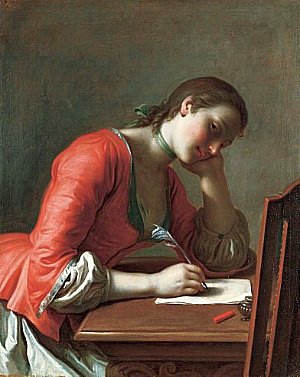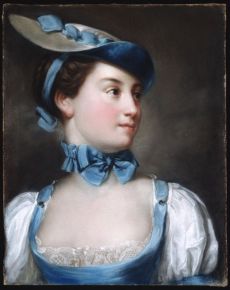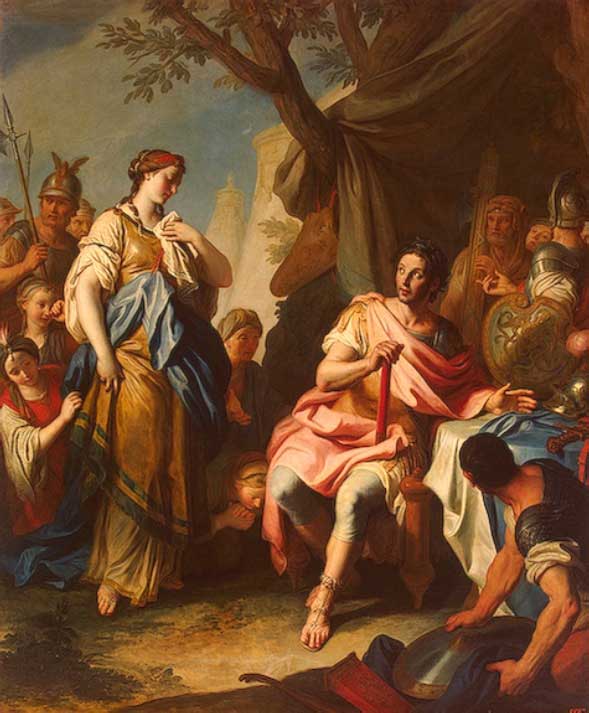Pietro Rotari (1707 – 1762)
Get a Rotari Certificate of Authenticity for your painting (COA) for your Rotari drawing.
For all your Rotari artworks you need a Certificate of Authenticity (COA) in order to sell, to insure or to donate for a tax deduction.
Getting a Rotari Certificate of Authenticity (COA) is easy. Just send us photos and dimensions and tell us what you know about the origin or history of your Rotari painting or drawing.
If you want to sell your Rotari painting or drawing use our selling services. We offer Rotari selling help, selling advice, private treaty sales and full brokerage.
We have been authenticating Rotari and issuing certificates of authenticity since 2002. We are recognized Rotari experts and Rotari certified appraisers. We issue COAs and appraisals for all Rotari artworks.
Our Rotari paintings and drawings authentications are accepted and respected worldwide.
Each COA is backed by in-depth research and analysis authentication reports.
The Rotari certificates of authenticity we issue are based on solid, reliable and fully referenced art investigations, authentication research, analytical work and forensic studies.
We are available to examine your Rotari painting or drawing anywhere in the world.
You will generally receive your certificates of authenticity and authentication report within two weeks. Some complicated cases with difficult to research Rotari paintings or drawings take longer.
Our clients include Rotari collectors, investors, tax authorities, insurance adjusters, appraisers, valuers, auctioneers, Federal agencies and many law firms.
We perform Pietro Rotari art authentication, appraisal, certificates of authenticity (COA), analysis, research, scientific tests, full art authentications. We will help you sell your Pietro Rotari or we will sell it for you.

Pietro Rotari was an Italian painter of the Baroque period. Born in Verona, he led a peripatetic career, and died in St Petersburg, where he had traveled to paint for the Russian court.

He was initially pupil of Antonio Balestra, but moved from 1725-27 to Venice, then joined the studio of Francesco Trevisani in Rome (1728-1732), and finally between 1731-34 he worked with Francesco Solimena in Naples. He then returned then to Verona, where he started a studio. But soon he was off to paint for royal and aristocratic patrons in Dresden, Vienna, and Munich.

He was much in demand as a portraitist, and painted royal families in Dresden and Saint Petersburg. He also painted the multi-figured altarpieces of the Four Martyrs (1745) for the church of the Ospedale di San Giacomo in Verona.

Still wondering about an Italian painting in your family collection? Contact us…it could be by Pietro Rotari.
Reviews
1,217 global ratings
5 Star
4 Star
3 Star
2 Star
1 Star
Your evaluation is very important to us. Thank you.
